Design Deconstructed: Art Nouveau
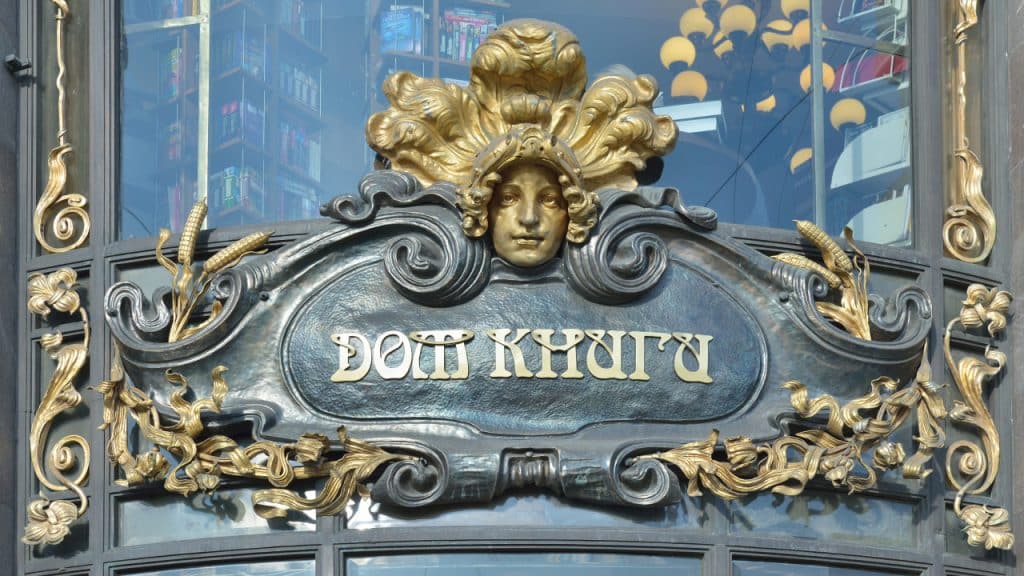
Design Deconstructed examines which art movements influenced today’s visual culture, and why.
Towards the tail end of the 19th century, an interesting shift began to take place in Europe. Due to economic advancements and the spread of ideas from overseas, the scene was set for the birth of one of history’s most iconic movements in art.
Artists began to tire of the classicist stylings that had been popularized throughout the century by the academic art world. No longer content with imitating bygone historical periods, they longed to carve out a style all their own, one that spoke to their modern values. As is always the case, they began by rejecting the status quo.
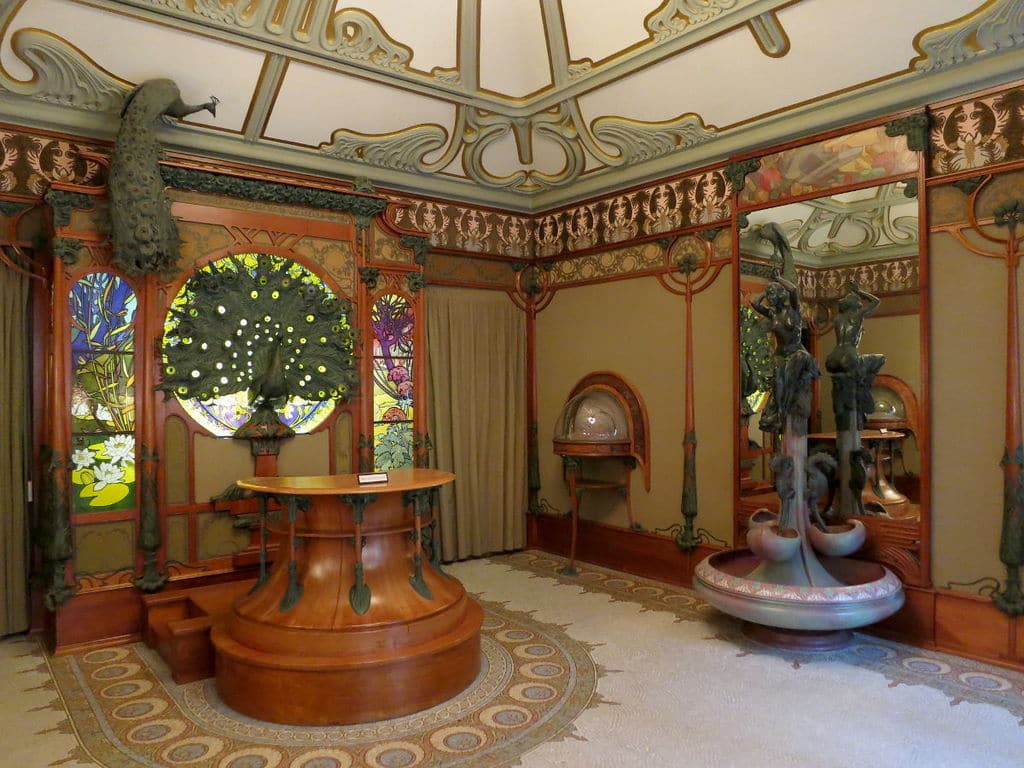
At the time, the Academic establishment saw little merit in mediums other than painting and sculpture, which in effect made the design of objects like furniture a pursuit unworthy of burgeoning artists. At the same time, industrialization, which had spread throughout Europe in the early part of the century had led to markets flooded with objects of clumsy craftsmanship.
Naturally, as a group of people making a livelihood concerning themselves with aesthetics, these mass-produced eyesores did not sit well with the artists of the time. This marked one of the first defining factors of the Art Nouveau movement, which was the reclaiming of craft and the applied arts.
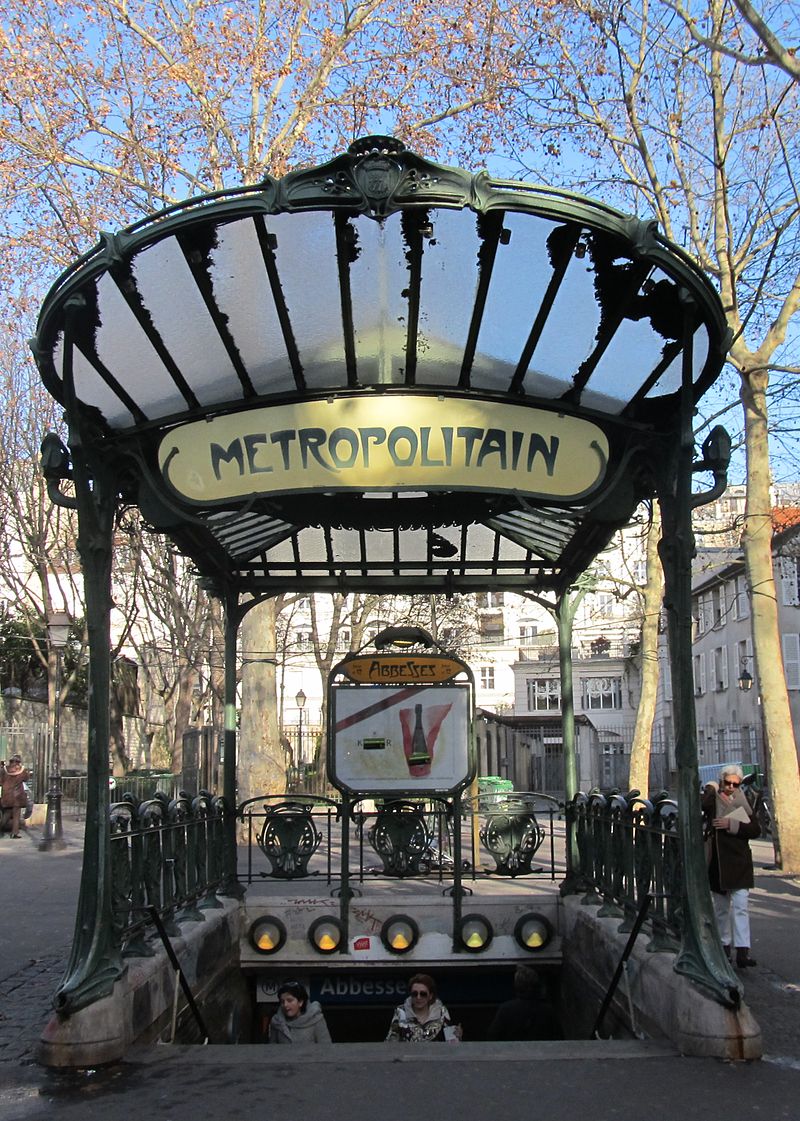
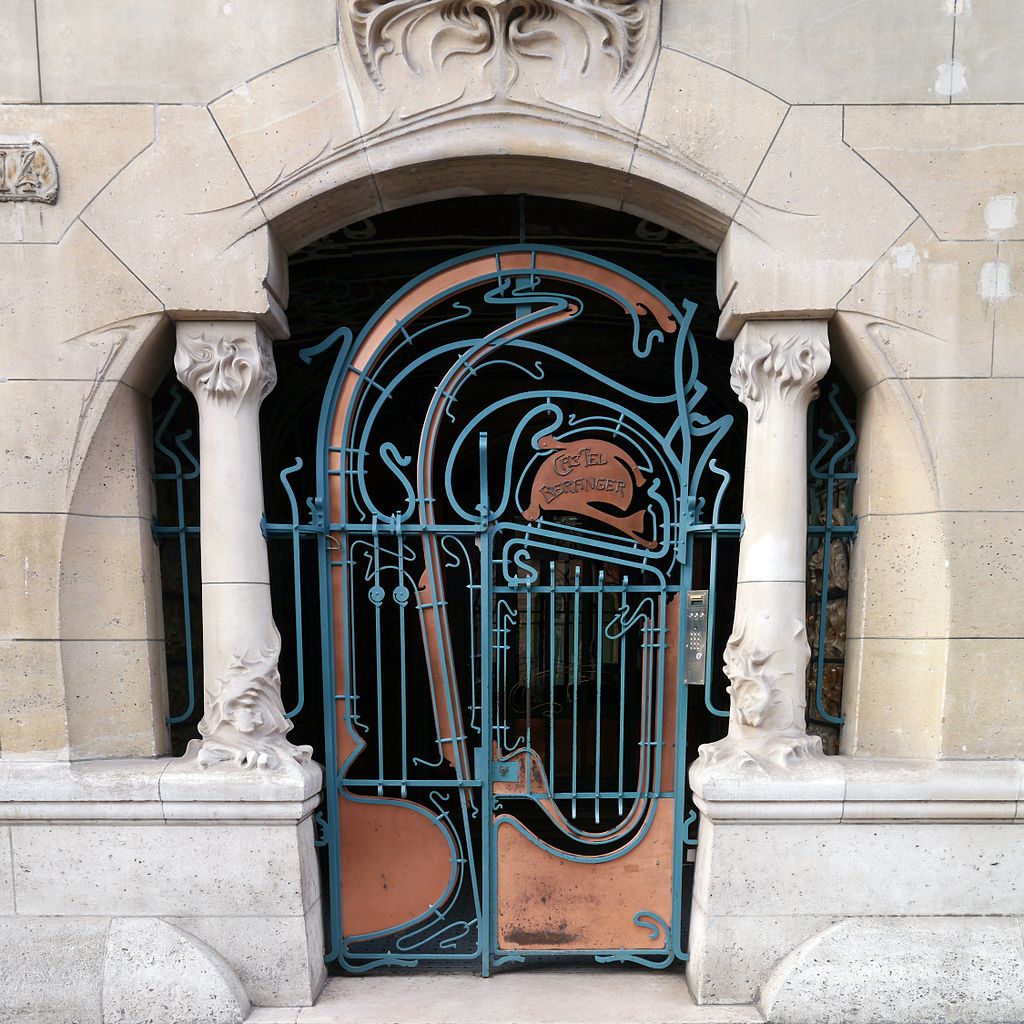
Taking a cue from the Arts and Crafts movement of Britain, who disregarded the notion that the applied arts were somehow lesser, Artists associated with the movement began to work in mediums ranging from iron to glass and ceramics. It wasn’t just the materials used that were changing, either. Industrialization had left many longing to reconnect with nature.
By channeling nature through the use of flowing, asymmetrical, organic forms, these artists were able to manifest these feelings in their work. While the forms they created were undoubtedly decorative, they stood in contrast to the overly ornamental creations of earlier design. They established the notion that an object’s form should serve its function, laying the foundations for modernism and the fundamental principle of industrial design.
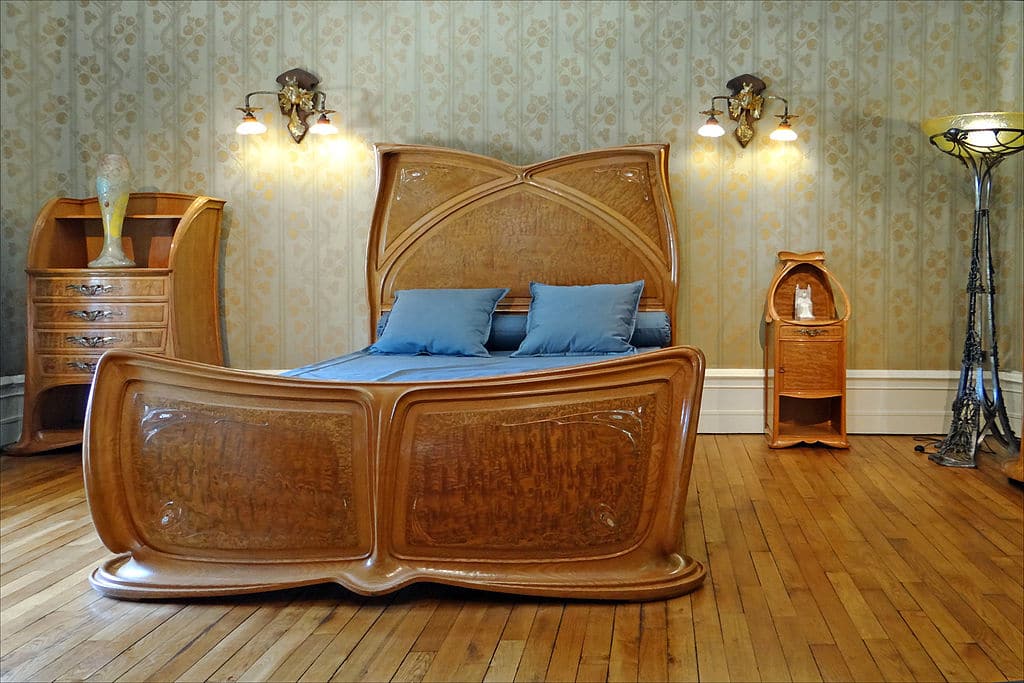
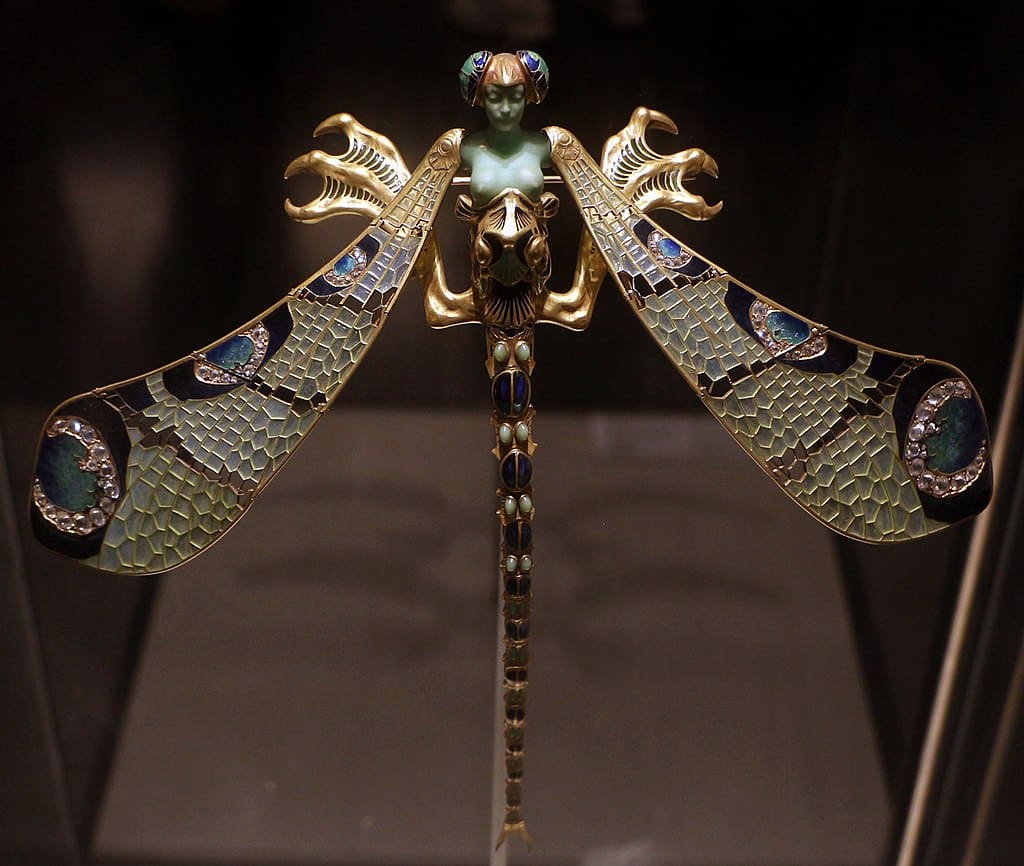
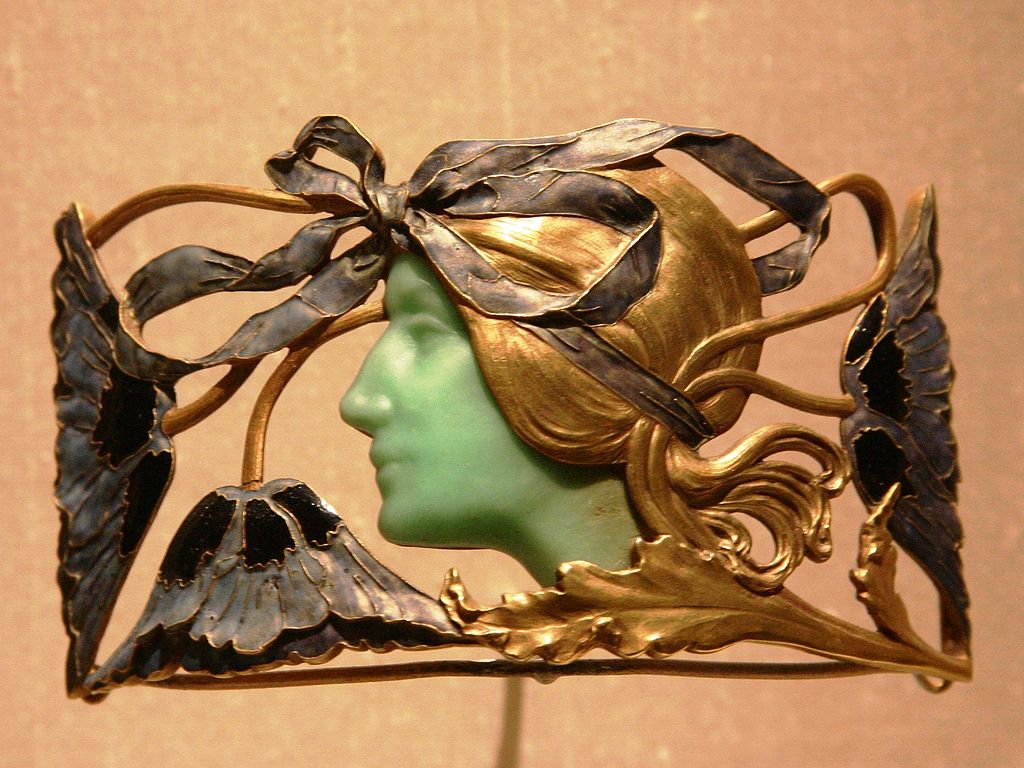
This celebration of non-academic arts didn’t end with furniture, either. The curvilinear and geometric stylings of the movement found their way into a variety of mediums, most notably, graphic arts, jewelry, and architecture. Some of the most iconic works produced during this period are the ironwork ornamentations from architects like Hector Guimard and Victor Horta. Their naturalistic use of iron in architectural elements like staircases, gates, and metro entrances lend the structures a distinctly organic feel as if they had just grown into existence on their own.
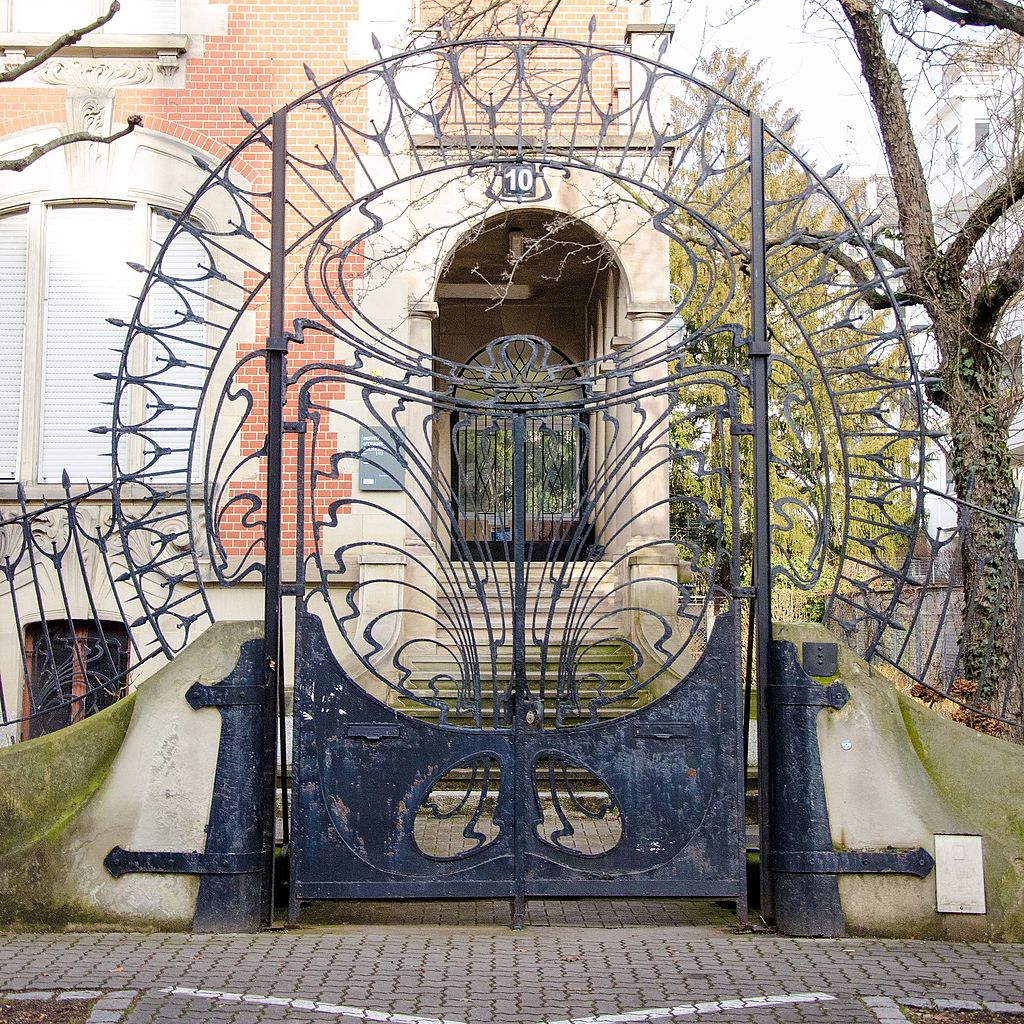
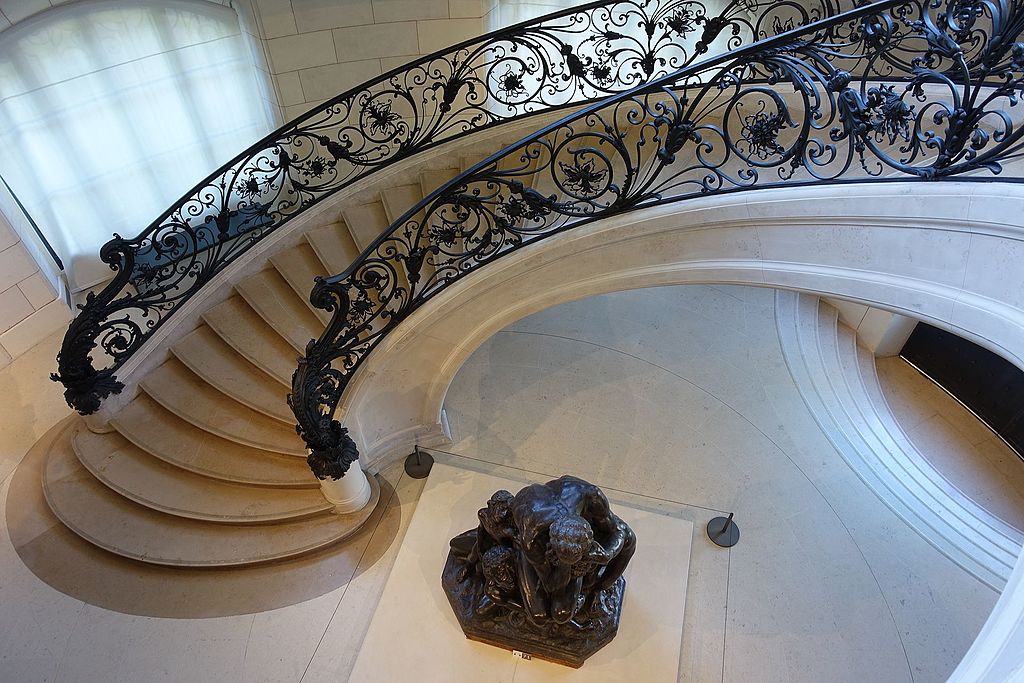
Perhaps the most ambitious piece of architecture to take form during this time is actually still yet to be completed, even well after the movement’s conclusion.
The Sagrada Família is a gothic basilica that is still under construction in Barcelona. It was designed by Catalan architect Antoni Gaudí, who took over the project in 1883, a year after construction began. He quickly infused the project with his unique blend of neo-gothic and Art Nouveau stylings, resulting in an aesthetic unlike anything else in existence. Though, after over a century of intermittent construction and threats to its completion, including two world wars and the Spanish Civil War, the basilica is yet to be completed. In 1926, Gaudí passed and was buried in the crypt of what was to become his masterpiece, his life’s greatest work. Plans for the basilica’s completion are slated for 2026, a century after his passing.
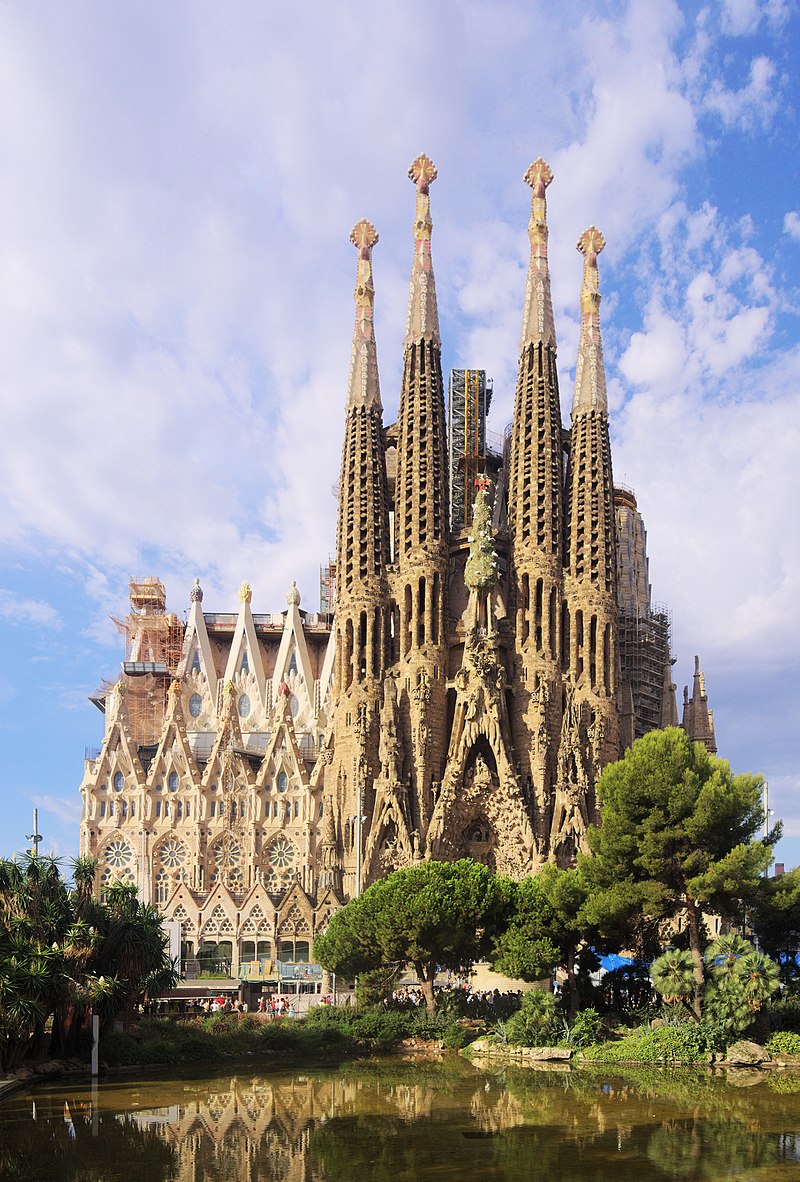
Though the term we use to refer to the movement is Art Nouveau, this in fact more specifically refers to the works of France and Belgium. While the movement had its roots all over Europe, each country had its known unique regional stylings united by names of their own. In Spain, the movement was known as Modernisme, in Italy, it was Stile Liberty, the Vienna Secession in Austria-Hungary, and Jugendstil in Germany. Magazines like Jugend, in Germany, for which the style was named, played a key role in the spread of Art Nouveau across Europe and abroad.
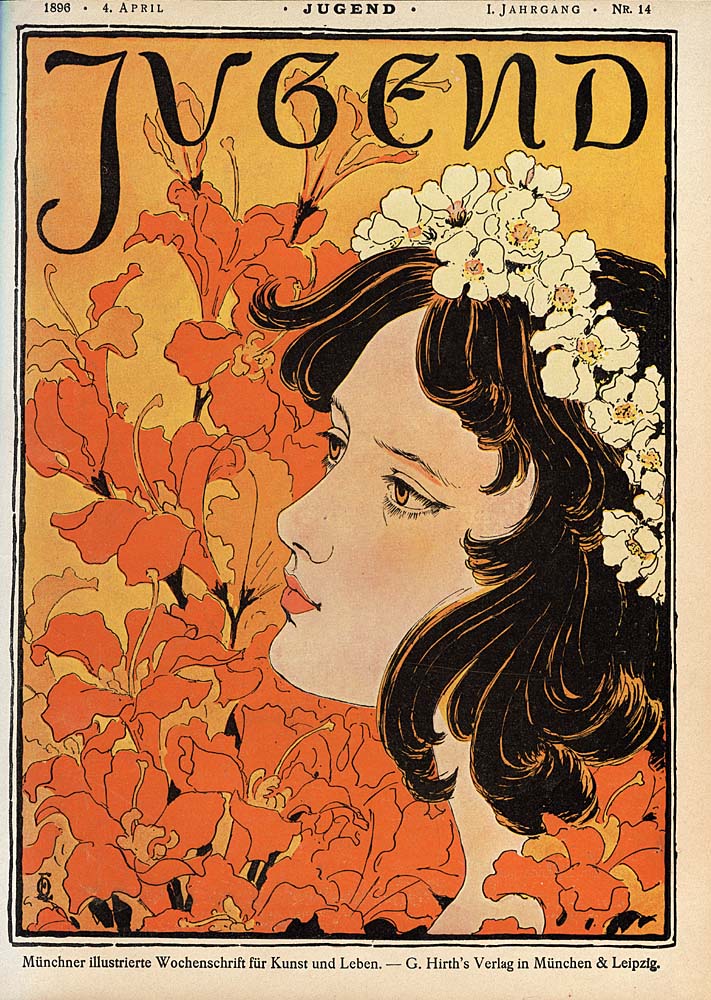
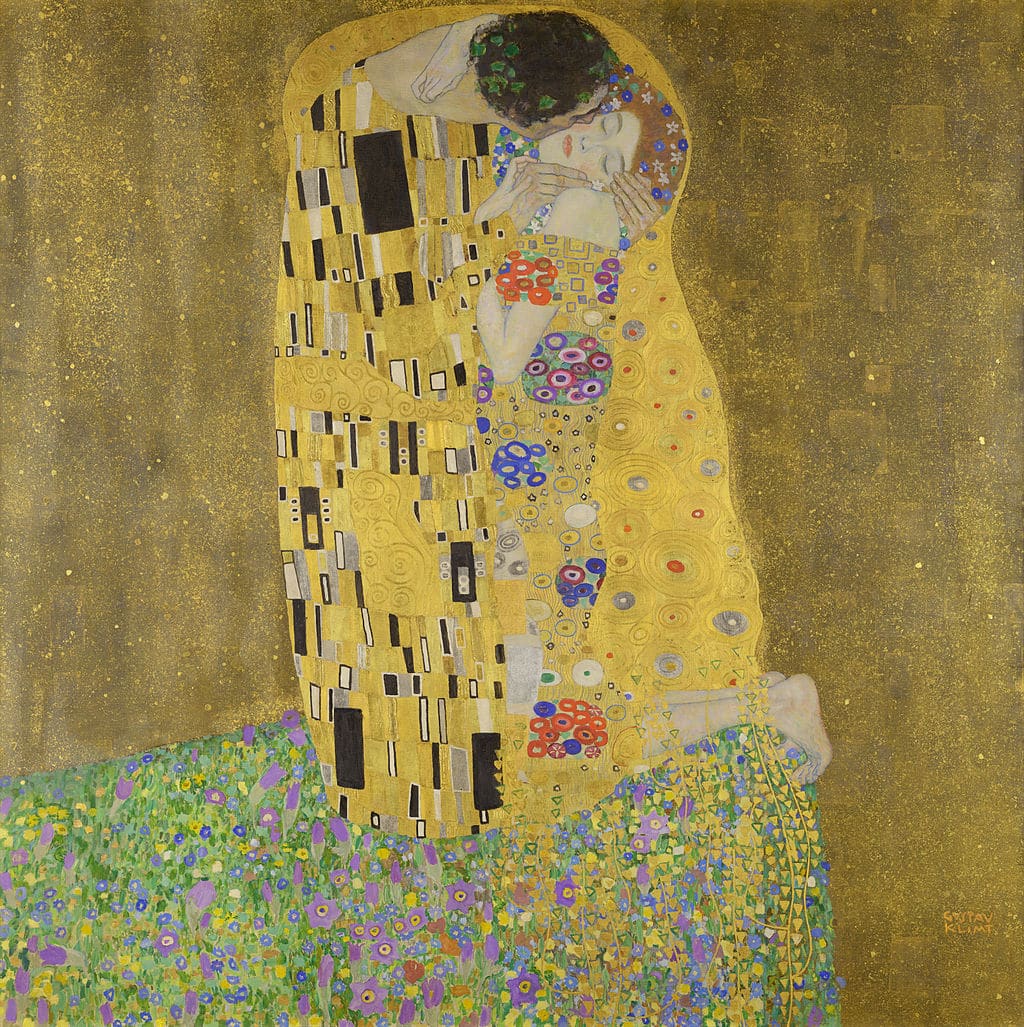
Another factor that had a large impact on the movement’s aesthetic was the recent arrival of Japanese woodblock prints. The flatness of their forms, graphic use of color, and naturalistic compositions spawned a wave of admiration from western artists. Japonisme is a term that was coined by the French to describe the ensuing rise in popularity. The influence of the Japanese art form had the most profound impact on the graphics of the movement, which adopted a similar flatness and asymmetry in composition.
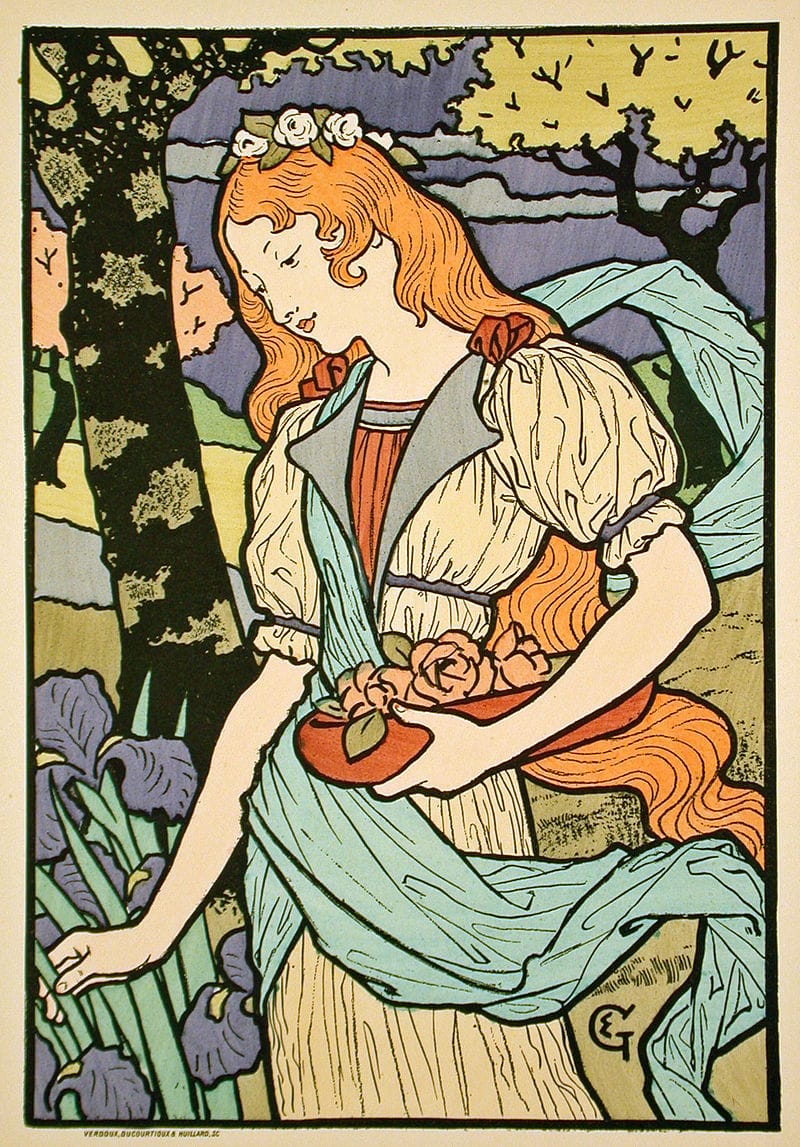
Art Nouveau was a relatively short movement, lasting only 15 years from the tail end of the 19th to the turn of the 20th century, but its impacts were tremendous. The movement produced some of the century’s most iconic paintings and architecture. The flowing, organic nature of its forms lend a poetic sense of movement to the buildings and furnishings they adorn, and the simplistic graphic beauty of its illustrations possess a certain timelessness that makes them worthy of study and admiration to this day.
Art Nouveau also played a key role in laying the foundations for Modernism and the development of industrial design, cementing its place as one of history’s most important art movements.

Taylor is a concept artist, graphic designer, illustrator, and Design Lead at Weirdsleep, a channel for visual identity and social media content. Read more articles by Taylor.
ENROLL IN AN ONLINE PROGRAM AT SESSIONS COLLEGE:




